Donors need to be connected to the people their money supports.
Chaney Mullins '14
When I began my career in nonprofits, I believed that donors naturally felt connected to those they were helping.
But that’s simply not a given. It’s a goal we must strive for.
I work for a pro-life healthcare umbrella organization called Divine Mercy Care which, among other initiatives, supports an OB/GYN practice. This OB/GYN embraces the unique model of accepting both paying and uninsured patients, under the philosophy that humans are equally made in the image of God. It’s a vision of scriptural justice that compels us to give quality care to all.
But though these connections were being made in the waiting room – where a senator’s wife could sit next to a homeless woman – they were not being made between donors and those in need.
Our donors, I quickly discovered, were entirely disengaged from the people whom they helped. I was disturbed – and I use that word with great gravity – at the many degrees of separation between them. They not only never met them – they were not even hearing their stories.
I knew instinctively what the development studies confirm – donors give less when they do not see the impact and success of their gift. I was convinced our fundraising problems were due in part to this disconnection. It is one thing to say that we help 3 out of 10 women in need of financial aid to get medical care. It is entirely another to tell one of their stories.
The last time I could find a solid collection of in-depth patient stories was in a book a decade old.
I eventually learned that HIPPA patient privacy laws had deeply hindered our ability to tell patients’ medical stories. An atmosphere of storytelling that fit with life-affirming medical practice had given way to a looming cloud of fear and some confusion as to the limitations of the law.
We needed to find a way to change the paradigm while still working within the confines of the law.
Currently in its final edits is now a simple consent form which every new patient will be given. In the forms, the patient is made aware that their doctor works with an umbrella non-profit organization related, but not identical to, the practice. They are asked if they wish to join the newsletter and encouraged to send in photos and stories from their pregnancy. We are asking permission to approach them to ask about their experience.
Once we had access to these stories, we still needed to be new way to tell them to our supporters. Enter our new Support a Mom and Adopt a Mother initiatives currently in a pilot stage.
As it turns out, many churches are eager to lend financial support when they see there is truly a mother in need. Many have now signed on and agreed to “Support a Mom” with a flat fee of financial support to Divine Mercy Care. In return, we are promising to update them with the woman’s story along the way.
For those that want to go even further, Adopt a Mother is currently being piloted at a local Anglican church. After noticing the seemingly impenetrable divide between rich and poor, I realized it was not only the lack of economic opportunity, but a lack of what sociologists call “social capital” that was driving women to abort, or to parent while continuing to make poor life decisions. In order to truly help these women, they needed more than just medical care, they needed friends.
A recent example is “Marta.” She, her husband, and her young son found themselves out of work with another child on the way. Unless and until she could find insurance, the church committed to helping her with medical as well as emotional support. It isn’t easy, but the church group weathered the ups and downs to help this family get on their feet.
In good healthcare, Christian doctors and those who work with them are called to care for the whole person – body, mind, and heart. That whole-human approach needs to apply to philanthropy as well.
How can we appeal to a donor’s body, mind, and heart? If we don’t, we will not have the funds needed to help a patient’s body, mind, and heart. Bridging the donor-beneficiary divide, it seems, is the way to do both.
Chaney Mullins was a spring 2014 John Jay fellow and now serves as Development Coordinator for Divine Mercy Care, the non-profit supporting the nation's largest pro-life OB/GYN. She is also a special projects writer for concerned women for America and is on the board of healing center international.


